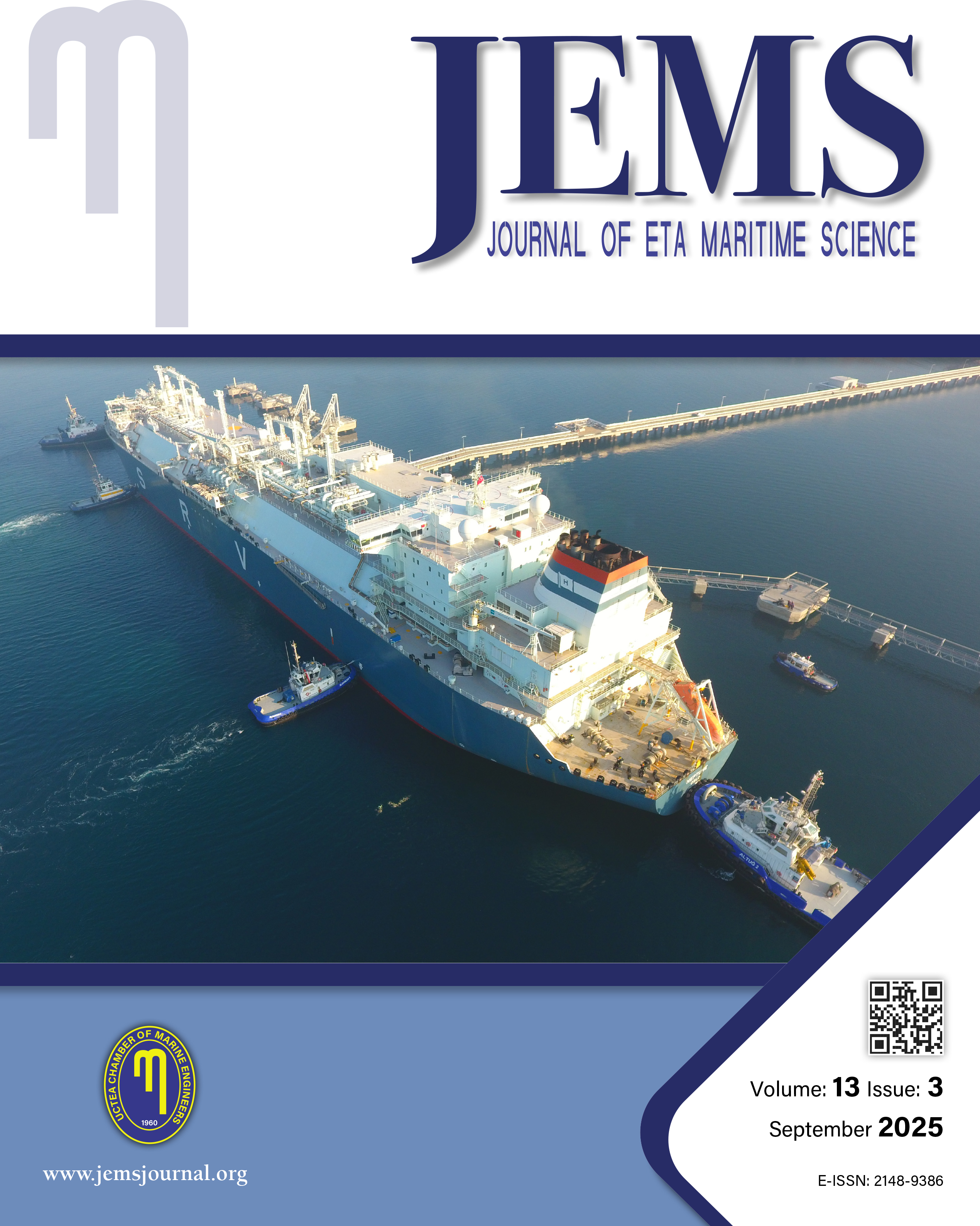

JEMS apply the Creative Commons Attribution NonCommercial 4.0 International Licence to all manuscripts to be published
Investigation of the Effect of Number of Longitudinal Rounded Grooves on Hydrodynamic Forces acting on Cylinders in Cross Flow at Re=100000
Oktay YilmazFaculty of Naval Architecture and Maritime, Yildiz Technical University, Istanbul, TurkeyCrossflow over cylindrical structures has been extensively studied by both academia and industry in various fields. It is responsible for in-line and transverse vibrations of marine risers. Flow-induced structural vibrations may end up with the failure of these tubular systems in oceans and seas. First experimental studies in literature signified that longitudinally grooved cylinders inspired by Saguaro trees may offer reductions both in drag and lift forces. In the present study, the performance of 2 dimensional (2D) unsteady Reynolds averaged Navier-Stokes (URANS) simulations is tested in predicting hydrodynamic force coefficients of cylinders. First, CFD runs are conducted on a smooth cylinder and a cactus-like cylinder in literature. Then flow over 8-, 10-, and 12-grooved cylinders with a diameter of 0,5 m are solved to analyze flow features in detail and evaluate the capability of 2D URANS solver for the problem at hand. k-ω SST turbulence model is employed in URANS solver. It is shown that as the number of grooves increases, mean drag slightly decreases and amplitude of drag decreases by 29%. Separation angle is significantly improved with a number of grooves from 92° to 120°. However, the amplitude of lift force increases with the number of grooves with reference to 2D CFD simulations.
Keywords: Cylinder, Longitudinal Rounded Grooves, Flow Induced Forces, CFD, Marine RiserManuscript Language: English
(944 downloaded)










